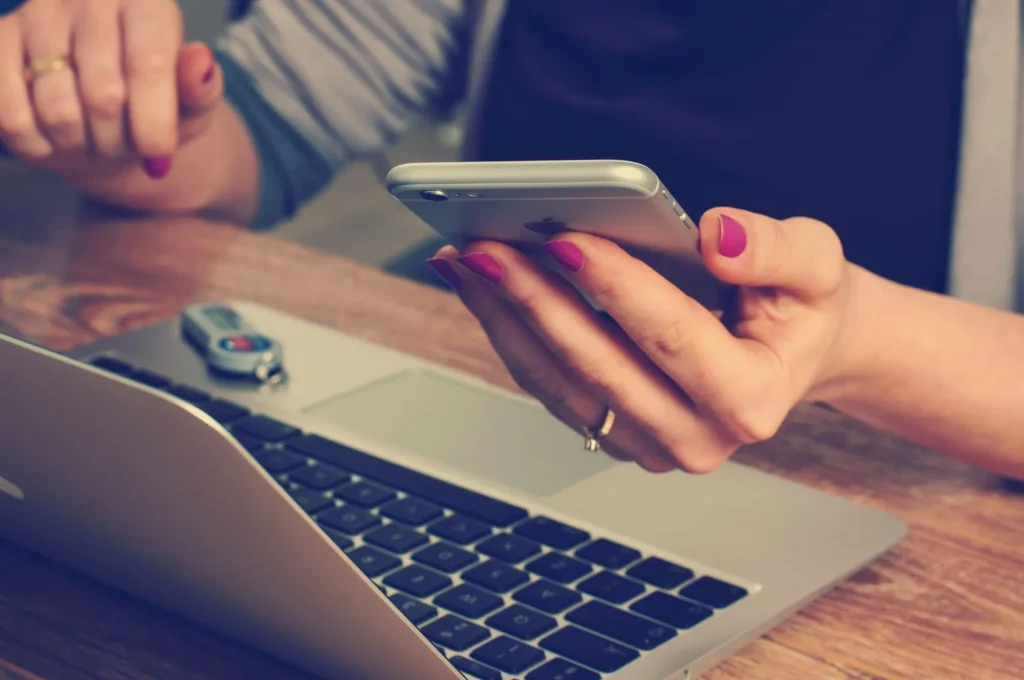Understanding Copyright in a Multicultural Context

What happens when people from different cultures see ideas and stories in different ways?
Understanding copyright in a multicultural world helps you know how people share and protect their work. Some cultures have different views, and this can lead to problems or confusion.
Knowing how copyright works in many places can help you make smart and fair choices. If you create, share, or use content, it’s good to learn the rules. This helps you stay fair and respectful.
Want to see how culture and copyright work together and why it matters to you? Keep reading!
Respects Cultural Beliefs
Different cultures have special ways of sharing stories, music, and art. Some use words, others use songs or signs. These ways are passed down from one generation to the next.
Copyright helps people show respect for these beliefs by giving space for each culture to share in its own way. It helps stop the wrong use of ideas that have deep meaning. This makes sure no one takes or changes something by mistake.
To help with this, a good plagiarism detector can be used. It checks content before it is shared. This helps people stay careful and respectful. By using the right tools, you can understand what belongs to others and make better choices with the content you use.
Protects Original Work
Ideas, songs, books, and art come from people who spend time and care to make them. These are original works, and copyright helps protect them. It gives rules that say who owns the work and how others can use it.
This keeps others from taking or changing someone’s work without asking. It also helps the creator know their work is safe. In many places, cultures have different ways to show ideas, and copyright helps protect all of them fairly.
This kind of protection lets people share what they make without fear. Knowing that rules are in place makes it easier to create and feel confident that the work will stay in the right hands.
Stops Plagiarism
Copying someone’s work without saying who made it is called plagiarism. It can happen with songs, drawings, stories, or ideas. Copyright helps stop this by making rules about who owns the work and how it can be used.
These rules help people know that every work has a maker. That maker should get credit. Plagiarism can cause problems, especially with different groups sharing many kinds of art.
By following copyright, people learn to share in the right way. This helps keep the work safe and gives credit to the real maker. It also helps people from different places understand and respect each other’s work the right way.
Honors Creators from All Backgrounds
People create in many ways, using words, sounds, colors, or movement. These works can come from any country, group, or culture. Copyright helps give credit to all creators, no matter where they are from.
It shows that each person’s ideas and work are important. This makes sure no one is left out or ignored. Many voices can be heard, and each one can be valued. Copyright gives a fair way to protect and share these works.
It helps people see that all backgrounds matter. By giving credit the right way, everyone can feel seen and respected for what they make. This helps build a space where many kinds of creativity can grow.
Encourages Fair Use
People often use parts of music, books, or art to help share ideas or teach others. Copyright has rules to help with this, called fair use. Fair use means you can use small parts of a work in certain ways, like for school, news, or comments.
But it must be done the right way. These rules help people share without taking too much or claiming it as their own. Fair use is helpful in places where many cultures and ideas come together.
It helps people learn from each other while still being fair to the person who made the work. By following fair use, sharing can be both useful and respectful in many settings.
Keeps Traditions Safe
Many cultures have old songs, dances, and stories that are important to their history. These traditions show who they are and where they come from. Copyright helps keep these traditions safe by giving rules about how they can be shared or used.
This makes sure the traditions are not changed or used in the wrong way. Keeping traditions safe helps people remember their past and pass it on to the next generation.
It also helps others learn about different cultures in a way that respects their history. Protecting traditions helps keep them alive and strong for years to come.
Builds Trust Among Cultures
Sharing ideas and work across different cultures can be tricky without clear rules. Copyright helps build trust by showing respect for how people create and share their work.
When everyone follows these rules, it creates a fair space where ideas can flow freely without fear of being taken or used wrongly. This helps people from different backgrounds feel safe and valued.
Trust grows when creators know their work is respected and users know they are sharing in the right way. Building trust this way makes it easier for cultures to work together and learn from each other while honoring their own ways of creating and sharing.
Supports Learning and Teaching
Learning often includes using books, music, pictures, or videos made by others. Copyright helps teachers and students know what they can use and how to use it the right way. It gives clear rules, so learning can happen without taking someone’s work unfairly.
This is helpful in schools with students from many cultures. It allows sharing ideas while still following rules. Copyright supports a safe way to teach and learn, where people use creative work with care and understanding. This helps everyone grow in knowledge while showing respect for the work of others.
Bringing Cultures Together Through Copyright Understanding
Understanding copyright in a multicultural context helps protect ideas, support learning, and show respect across different cultures. It gives clear rules that guide how people share and use creative work. This builds fairness and trust between communities.
By following these rules, people can enjoy and learn from each other’s work without harm. Copyright is not just about laws-it’s about honoring every voice and helping cultures grow together with care.
Did you find this article helpful? You can check out our website for more awesome content like this.





